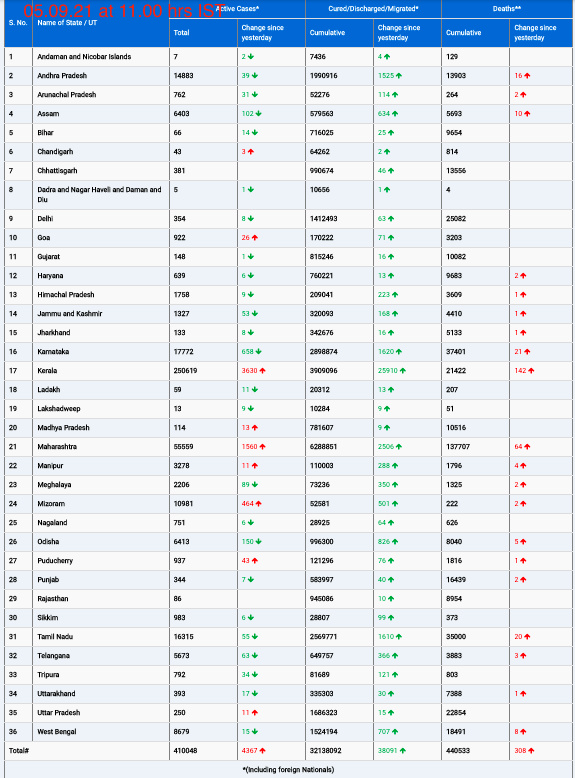What is ECSAT?
The World Health Organization (WHO) World report on vision (WRV) predicts a substantial increase in the number of people with eye conditions and vision impairment in the coming years. This is mainly due to demographic trends, including population aging and lifestyle factors. In response, WHO has developed key strategic recommendations around integrated people-centred eye care (IPEC), which are outlined in the WRV.
The ECSAT intends to support countries in the planning, monitoring of trends and the evaluation of progress towards implementing IPEC.
The revised tool now aligns with the WHO strategic recommendations made in the Word report on vision. In addition to the questionnaire component, ECSAT now includes a maturity scoring system and a set of possible actions.
Why should a country use ECSAT?
ECSAT is aimed at national health policy makers and planners, staff in other national planning bodies, and partners in health development agencies. It provides a “snapshot” of the eye care sector at that time and is designed to address the following key questions:
- What is the current situation of the eye care sector regarding IPEC (strengths, weaknesses, and inequalities)?
- What priority areas need to be addressed in eye care strategic planning?
- What are possible activities to address gaps across the eye care sector?
In addition, the ECSAT provides baseline information for tracking capacity and performance of the eye care sector.
How to access ECSAT?
ECSAT should be implemented under leadership of the Ministry of Health. For more information and to access the ECSAT template, please contact the WHO Vision and Eye Care Programme ([email protected]).











